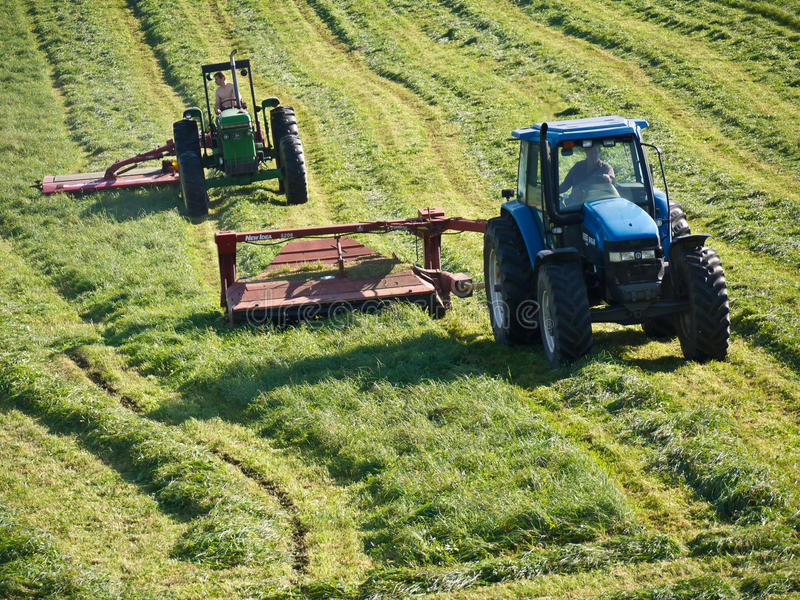Haying Best Management Practices for Wildlife

Farming and habitat practices to maintain healthy CRP and alfalfa stands provides significant nesting and brood rearing benefits to upland game birds, fawning areas for deer, and nesting and roosting habitat for wild turkey in the early spring and summer. Long, overhanging grasses provide nesting cover while broad-leaf plants like alfalfa and other native forbs provide insect forage for fledgling broods and hens. These stands draw and hold birds but have been called “ecological traps” in areas where haying regularly occurs.
The term ecological trap refers to a beneficial condition that attracts wildlife, but results in additive mortality, affecting the population overall. Quality CRP and alfalfa stands fit the scenario well where haying normally occurs during nesting season.
As haying equipment approaches, a hen pheasant may not vacate eggs or chicks, rather hunker down and use her camouflage for protection as a tractor passes by. This leaves birds vulnerable to the following mower which may be offset from the tractor. Likewise, small mammals and deer fawns use similar camouflage techniques and experience similar vulnerabilities to upland birds.
Best Management Practices
To minimize the potential hazardous effects of haying on wildlife, the Natural Resource Conservation Service has developed a few simple best management practices.
1) Defer haying. Apply and maintain at least two of the following management actions specifically for improving or protecting grassland functions for target wildlife species.
- Do not cut hay on at least 1/3 of the hay acres each year. Idle strips or blocks must be at least 30 feet wide.
- For at least 1/3 of the hay acreage, hay cutting must be either before and/or after the primary nesting or fawning seasons based on state established dates for the targeted species.
- Increase forage heights after mowing to state specified minimum heights for the targeted species on all hayed acres.
2) For all haying during the nesting/fawning season implement at least two of the following to flush wildlife from hay fields during the mowing operation:
- A flush bar attachment will be required on the mower (see figure below).
- All mowing will be done during daylight hours.
- Haying pattern:
- Begin on one end of the field and work back and forth across the field, OR;
- Begin in the center of the field and work outward.
Following these simple practices can greatly reduce unintentional wildlife mortality, further increasing the benefits of environmentally friendly farming.

